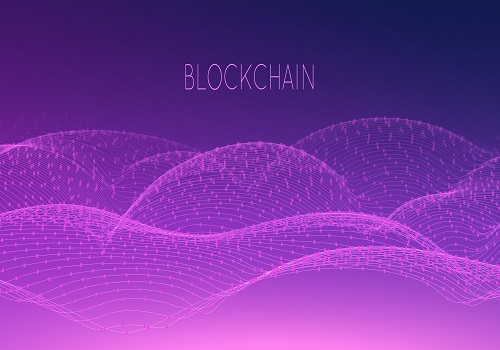
A Comprehensive Guide to Key Terms and Protocols
Introduction
Welcome to our one-of-a-kind blog that aims to demystify the fascinating world of blockchain. In this article, we will delve into essential key terms and explore some popular blockchain protocols. Whether you're a blockchain enthusiast or a newcomer eager to learn, this guide will provide you with a solid understanding of the fundamentals.
Key Terms in Blockchain
Blockchain Protocols
Blockchain protocols are sets of rules and algorithms that govern how a blockchain network operates. These protocols define how transactions are validated, recorded, and secured on the distributed ledger. Some prominent blockchain protocols include Bitcoin's Proof of Work (PoW), Ethereum's Proof of Stake (PoS), and many others.
Decentralized Finance (DeFi)
Decentralized Finance, or DeFi, refers to a new financial system that operates on blockchain networks without the need for intermediaries like banks. DeFi platforms enable users to access various financial services, such as lending, borrowing, trading, and yield farming, directly through smart contracts.
AMM - Automated Market Maker
An Automated Market Maker (AMM) is a crucial component of DeFi platforms. It's a type of decentralized exchange (DEX) that utilizes algorithms to determine the prices of assets using liquidity pools. AMMs ensure that trading is carried out smoothly without relying on order books or centralized parties.
Liquidity Pools
Liquidity pools are pools of funds locked in smart contracts, providing liquidity to decentralized exchanges. These pools enable AMMs to execute trades efficiently by using algorithms to balance supply and demand. Liquidity providers earn rewards in the form of fees for contributing to the pool.
Fiat Money, Coins & Tokens, Stablecoins
Fiat money refers to traditional government-issued currencies like the US Dollar or Euro. Coins and tokens are both digital assets, but coins often run on their blockchain, like Bitcoin, while tokens are built on existing blockchain platforms, like Ethereum. Stablecoins are a special type of cryptocurrency designed to maintain a stable value, often pegged to fiat currencies or commodities. They offer a more reliable medium of exchange and store of value, reducing the volatility common to other cryptocurrencies.
Reserves
In the context of stablecoins, reserves refer to the assets held to back up the stablecoin's value. These reserves are often held in a smart contract and can include fiat currency, other cryptocurrencies, or other valuable assets.
Underlying Tokens
Underlying tokens are the original assets that are used to generate value or govern the behavior of a blockchain-based system. These tokens serve as the backbone of decentralized networks, providing utility and value to their users.
Wallet
A wallet is a software application or physical device that allows users to store, manage, and interact with their cryptocurrencies. Wallets come in various forms, including software wallets (online, desktop, or mobile) and hardware wallets (physical devices).
Blockchain Protocols
Now, let's explore some prominent blockchain protocols that have significantly impacted the blockchain space:
Bitcoin (BTC)
The first and most famous blockchain protocol, Bitcoin, was introduced by the pseudonymous figure, Satoshi Nakamoto. It operates on a Proof of Work (PoW) consensus mechanism, securing the network through computational power and solving complex cryptographic puzzles.
Ethereum (ETH)
Ethereum revolutionized the blockchain industry by introducing smart contracts, enabling developers to build decentralized applications (DApps). It has transitioned to a Proof of Stake (PoS) consensus mechanism, where validators are chosen to create new blocks based on the number of coins they hold and are willing to "stake" as collateral.
Binance Smart Chain (BSC)
Binance Smart Chain is a blockchain protocol developed by the cryptocurrency exchange Binance. It offers compatibility with the Ethereum Virtual Machine (EVM) and provides a faster and cheaper alternative for executing transactions and deploying DApps.
Cardano (ADA)
Cardano is a blockchain platform that aims to provide a secure and scalable infrastructure for the development of decentralized applications. It employs a unique Proof of Stake (PoS) consensus algorithm called Ouroboros, which aims to be energy-efficient and secure.
Conclusion
Blockchain technology and its associated key terms and protocols are reshaping various industries and opening up new possibilities for decentralized applications and financial systems. By familiarizing yourself with these essential concepts, you are well-equipped to explore and navigate the exciting world of blockchain. Stay tuned for more articles as we delve deeper into this transformative technology.



